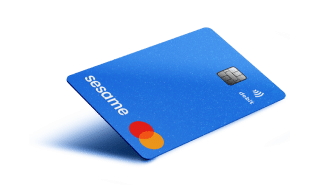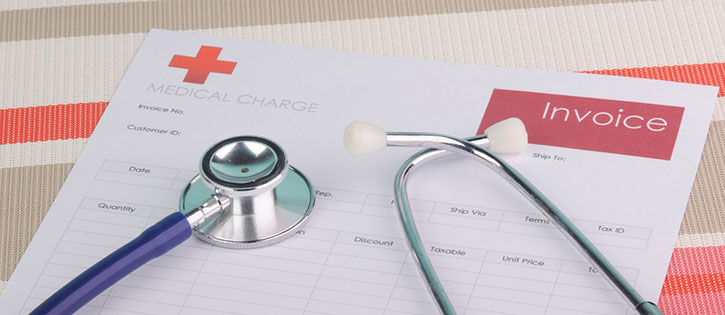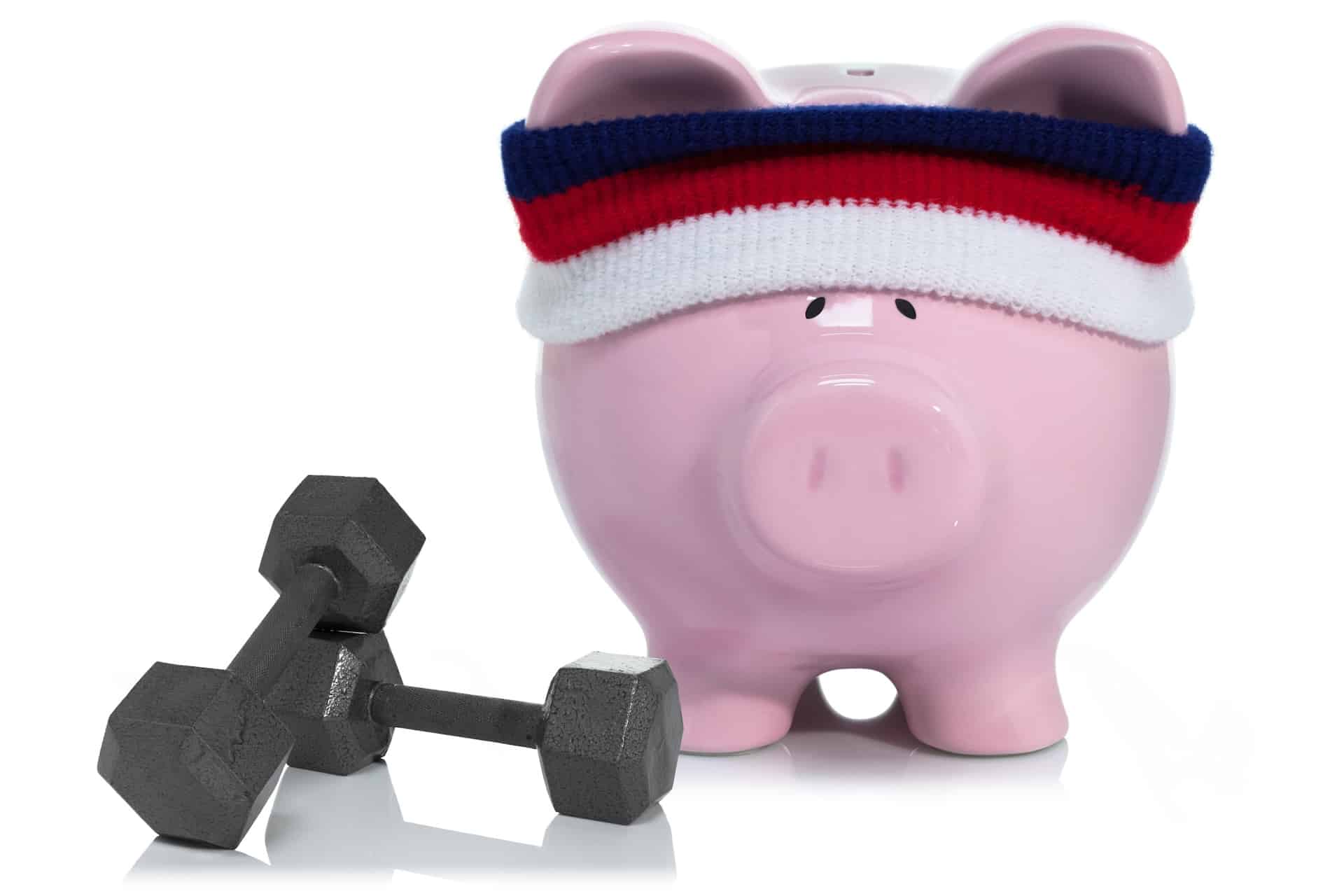Most college students use their financial aid for what it’s meant for, to fund their education. But we’ve found that it’s not at all uncommon to occasionally hear a college graduate fessing up to using their loan money to buy a car, pay for a procedure, or take a trip of a lifetime (that happened to have nothing to do with school).
Is this poor financial literacy? Bad money habits? Or is this what you get when you give an 18-year old more money in their bank account than they’ve ever seen in their life?
We wanted to know if past graduates who used their student loans to cover non-educational expenses understood what they were doing at the time. So we talked to a group of financial bloggers and professionals who admitted to doing just that back in the day. We asked them to provide details on what they spent their student loan money on, why they did it and if it was worth it.
Then, we took matters into our own hands to calculate what these expenses add up to with interest if they take the full term of their loans to pay them back.
This is the true cost of funding things we can’t afford in college.
Spring Break Trips and Bar Tabs

When Dan Kellermeyer, financial advisor to pilots, reflects back on how he used his student loans to pay for school, he recalls the leftover cash he put towards the bar tabs and Spring Break trips and other items that he figured were a normal part of the “college experience.”
“After paying for tuition, books, rent, food, I used the extra student loans for spending money. I was in flight school, so building my flight hours was sort of educational related, but I would use student loans to rent an airplane outside of my normal flight time to do some sightseeing flights with my friends.”

Dan didn’t want to burden his parents by asking to buy him items that weren’t necessary for school, and he also knew that things were tight at home anyhow.
Dan saw his student loans as a way to stay more independent–a common answer among former college students and young adults who have used debt to pay for lifestyle items.
“I didn’t make any big purchase with these loans, but it was a ‘death by a thousand papercuts’ in a way. $5 here, $20 there, and all of a sudden my bank account would be empty and would be time for another loan.”
The True Cost of Spring Break and Bar Tabs
Estimated Total Cost: $3,300 (2 Spring Break Trips at $650, $40 bar tabs each week for 50 weeks)
Private Loan Interest Rate: 8.75%
Monthly Payment: $26.84 for the next 26 Years if he makes the minimum payment over the full life of the loan.
Total Amount Paid after 26 Years: $8,375.62
Upcharge for Financing Fun in College: $5,000+

This way, he doesn’t have to pay as much in interest and make payments over the full term of 26 years, but he does admit that it will be at least several more years until all of his loans are paid off.
Was it worth it? “It’s hard to regret having the experiences I had in college, but I hate the consequences. I think about what I could do or how much I could save with the money that I’m paying off student loans with each month, and I wish I wouldn’t have put myself into this position. It was so easy for me to take out these loans. I just filled out the form and had money in my account within a week or two…I didn’t even need a co-signer! It was almost like an addiction. I loved the feeling of having that money in my account.”
Expensive medical bills when your health insurance is not that great
Emilie Burke used her student loans to pay for medical bills that came from two separate occasions when she got kidney stones and gall stones in college. She took out a loan to cover both bills.
“I thought it made more sense to not let the loans go into collections and take a little bit more debt that was in deferment while I was still in school. I look back and know it was better than destroying my credit at 20.”
In early 2015, credit bureaus made recent changes to their credit reporting for medical debt. Now individuals have approximately 6 months to pay their medical bills or get covered by their insurance before the debt gets reported.
When Emilie reflects back she remembers being very strategic and thorough when thinking through the decision to use student loans to cover her medical expenses instead of struggling and possibly failing to pay her bills.
“I did think it through. I did have health insurance, but it wasn’t a fantastic plan. Unfortunately, what was left was still too much for me and my family.”
The True Cost of Medical Bills
Total Loan Amount: $2,000
Private Loan Interest Rate: 5%
Monthly Payment: $13.20 for the next 20 Years if she makes the minimum payment over the full life of the loan.
Total Amount Paid after 20 Years: $3,167.79
Upcharge for Financing Medical Bills: $1,000+
Emilie is still paying her debt and documents it in her personal blog, BukeDoes.com. It’s important to note that Emilie plans to be debt-free by the end of 2017, but if she wasn’t planning on being so aggressive with her debt-repayment, she would find herself owing an extra $1,000 in interest over the next 20 years to cover her medical bills from college. Thanks to her goals to pay off debt, she will only be paying a fraction of that interest upcharge.
Was it worth it? “I still think it was absolutely the right decision. I would do it again and again every time.”
The quest for perfect teeth

Bridget Eastgaard, of Money After Graduation, used her student loans to pay for braces while in school.
“My parents couldn’t afford braces when I was growing up, but I desperately wanted to fix my teeth. When my student loans came in, I dropped $6,000 at my dentist’s office for braces. Which in retrospect was crazy, because I obviously needed that money to pay rent and buy food throughout the semester, but I figured I would worry about that ‘later,’ I just wanted straight teeth.”
Most of the individuals we talked to admitted that it was difficult to decipher between what money in their bank account was from student loans intended to go towards school-related expenses, and what money was theirs to spend on whatever they pleased.
“I didn’t even think about the consequences. It didn’t even occur to me that it was “debt”–as far as I was concerned, my braces were $6,000 and I had $6,000 of cash in my account from student loans. From my naive perspective, I could totally afford it!”
The True Cost of Braces
Total Cost: $6,000
Private Loan Interest Rate: 3%
Monthly Payment: $33.28 for the next 20 Years if she makes the minimum payment over the full life of the loan.
Total Amount Paid after 20 Years: $7,986.21
Upcharge for Financing Braces: $2,000
Bridget paid her loans off within 8 months of graduating. Had she not paid the debt off so quickly, her braces would have cost her a bit more than she bargained for. Now Bridget is completely debt-free and educates others on how to set a budget, invest, and rapidly pay off their own debt.
Was it worth it? “I’m glad I did it (teeth are perfect!) but it caused a lot of stress. I was scrambling to make rent for the next 6 months. That said, I am glad I spent the money on a ‘medical’ expense instead of shopping trips or dining out, or even a vacation. Having straight teeth is something I can enjoy every day, whereas spending the money on something that would have been consumed or enjoyed in a short time wouldn’t have made me as happy. The debt was uncomfortable, but at least I have something to show for it! Would definitely do it again.”
It’s easy to get wrapped up in the college experience, seeking independence, and making your own decisions with the new money in your bank account.
We can’t expect anyone to regret the past purchasing decisions they made with their student loans because living in a state of financial regret won’t get them anywhere in their financial future.
But we do know that these borrowers have learned from their decisions and now have a plan to pay their student loans back as fast as they can, which will ultimately reduce the “true cost” of their non-educational expense.
While these Millennials we spoke to decided to spend their money on items not related to school, they still ended up with big debts weighing them down upon graduation. Take a look at Credit Sesame’s interactive map that shows the top 10 cities where grads owe more than the median income, and the top 10 cities where grads have a median income higher than their student loan debt. Does your city fall in our list?





















